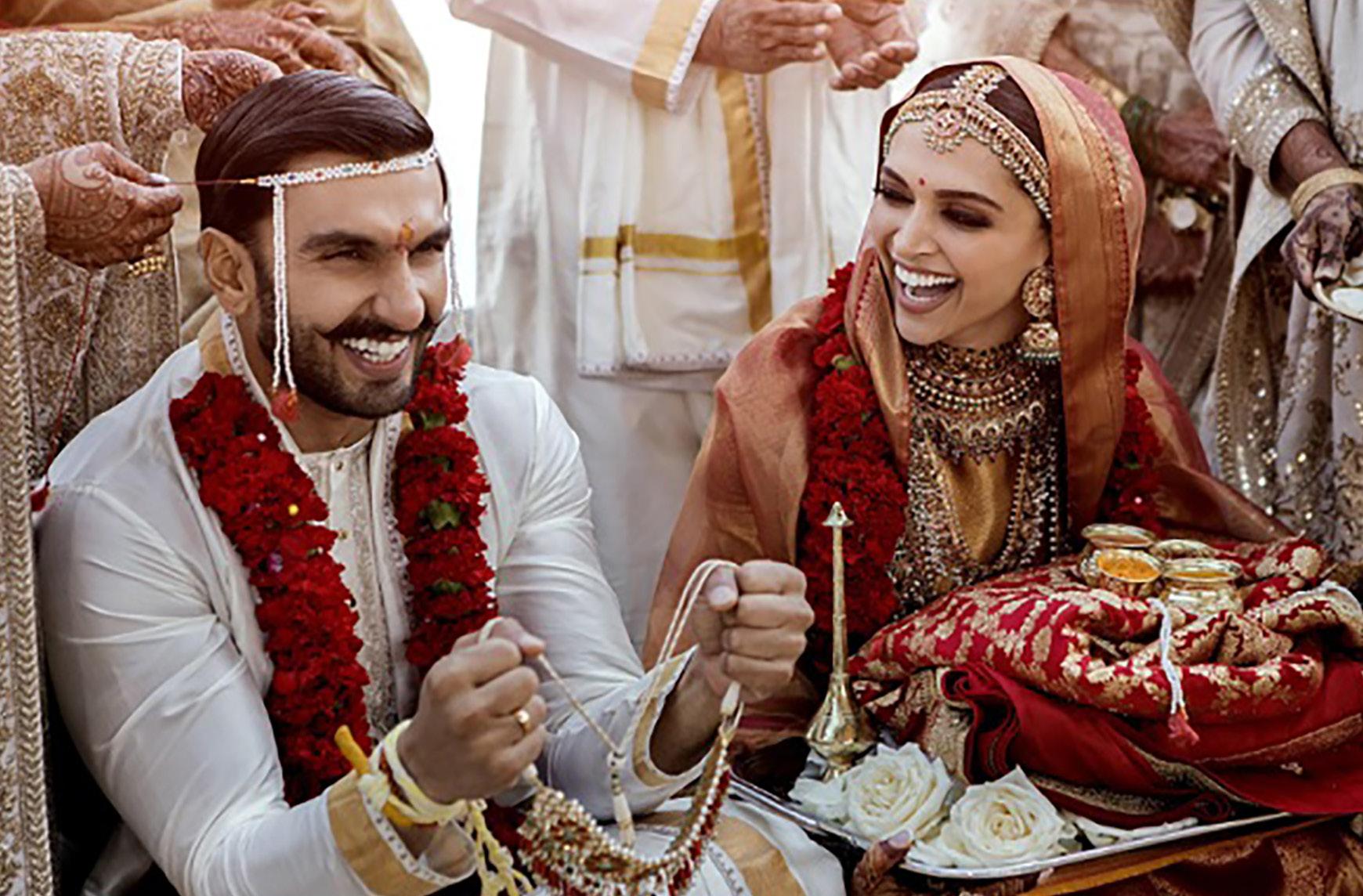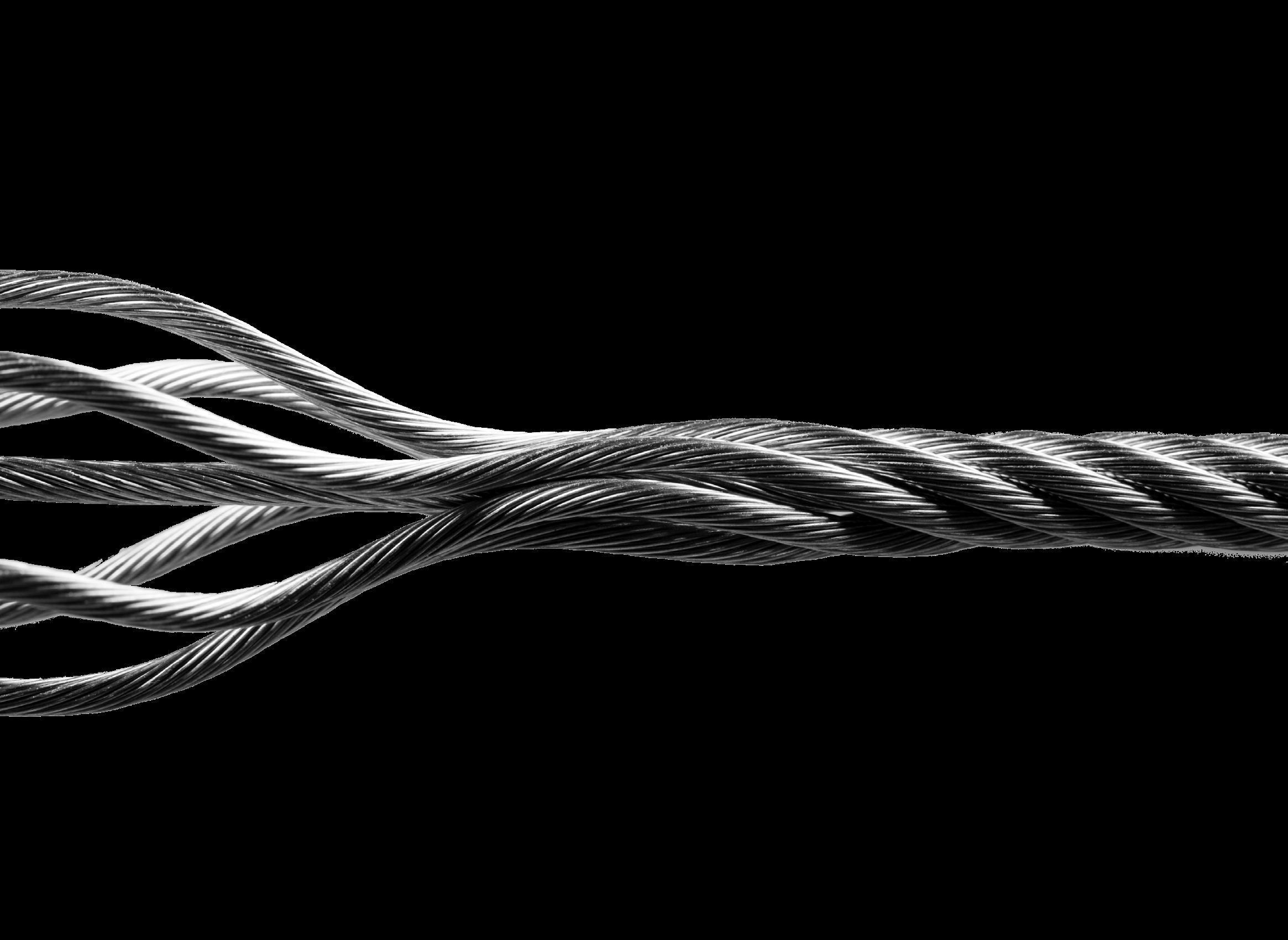
3 minute read
The Committee and the Cowboy
Cowboy By Elizabeth Tharakan
Die-vorced?’ His voice rose in such a high register that it cracked on the question mark. He even pronounced the word as though it was a form of death.” In Arundhati Roy’s The God of Small Things, the marriage and quick divorce of Ammu has devastating consequences, reflecting the social and cultural stigma of divorce in India. Indian matchmaking is a different model of entering and exiting a marriage than the American process of courtship. In honor of Valentine’s Day, we will analyze the comparative processes of entry into and negotiation within marriage.
Marriage involves all sorts of negotiations, from whether to have children, to how much to spend on groceries, to where to live. In arranged marriage, which one could call the “committee” model, groups make decisions on the spouse’s identity and the terms of the marriage, which yields a 5% divorce rate. When the committee negotiates the terms of a marriage before the couple is married, the couple has a framework for what to expect in the marriage and is less likely to exit the marriage upon future conflicts, using the example of negotiation demonstrated by the committee to work through future disagreements. In the

Western “cowboy” model of marriage, individuals choose their own mates and decide the terms of their marriage. Almost half of American cowboy marriages end in divorce. This rate, if divorce is consensual, shows that American spouses are more willing to walk away than are spouses in countries with lower divorce rates, i.e., every other country.
There are two basic elements of negotiation in an arranged marriage: negotiating the match (the prospective spouse) and negotiating the terms of the marriage. These terms include who will work, who will raise the kids, who will take out the trash. It makes sense for elder family members to negotiate these terms because with age comes wisdom and experience. But individuals should have the liberty to make their own choices about whom they are attracted to, for fear of adultery, or sexual incompatibility, or just not being satisfied with the person. “The committee’s strength is the collective wisdom of its members regarding practicalities, but choosing whom to take on the honeymoon should be a matter of free choice,” says divorce mediation professor Bob Collins. “They may not know all the answers, but they know what questions to ask.”
The committee model of families, therapists, or mediators can help over the terms of the marriage in both societies. I posit that the committee model of Indian marriage may lead to a problem of too much clutter. Specifically, if the parents and the uncles and aunts and cousins are all involved in finding Raj for Geetha, Raj and Geetha will at the end of the day appreciate the goodwill of all the matchmakers but realize they lack chemistry and find there were too many cooks in the kitchen — or the bedroom.
American (or Western) cowboys enter marriages without legally prescribed premarital negotiation. The absence of a committee means that Western cowboys enter marriages without much premarital negotiation — or much thought. Another factor that yields high divorce rates is the presence of no-fault divorce universally through the USA, facilitating the cowboy’s exit from marriage. American law gives courts too much discretion to end marital negotiation: if there is no definition of what constitutes “irretrievable breakdown,” a marriage can be dissolved at the behest of one party who decides reconciliation isn’t possible when reconciliation is in fact possible. Essentially, the American legal system and American negotiation model involve less premarital negotiation and less negotiation through the hard times of a marriage.
In America, we see that the rugged individualist cowboy model of free market selection with its 50% divorce rate could pick up some cues from the Indian model’s negotiation process. Specifically, the U.S. could use either familial, clergy-based, or therapist-based assistance in negotiating terms of marriage, but no assistance in negotiating prospective spouses. This tale of conflict resolution shows us that, rather than looking at the American model versus the Indian model as a tug-of-war with a right side and a wrong side, we can see that a hybrid (a “marriage,” if you will) between the cowboys and the Indians yields an optimal result in terms of low divorce rates.










